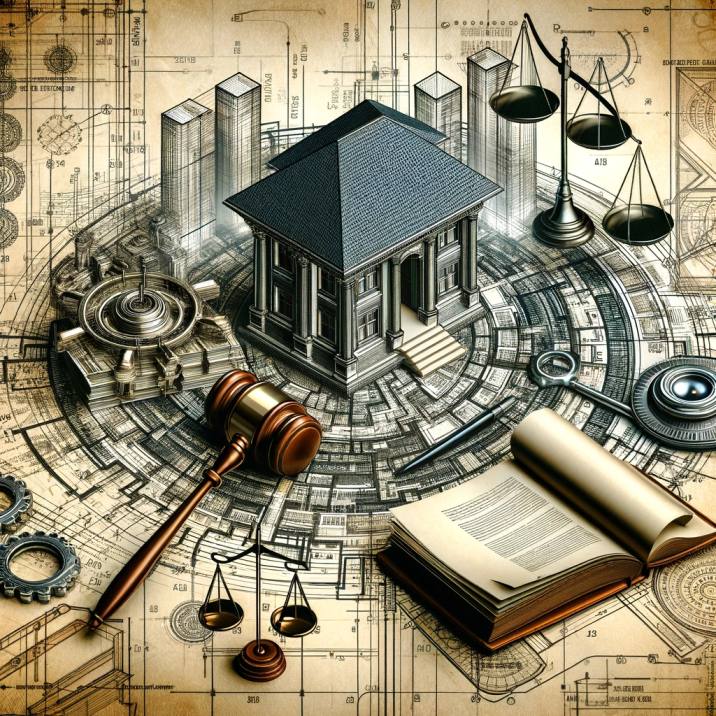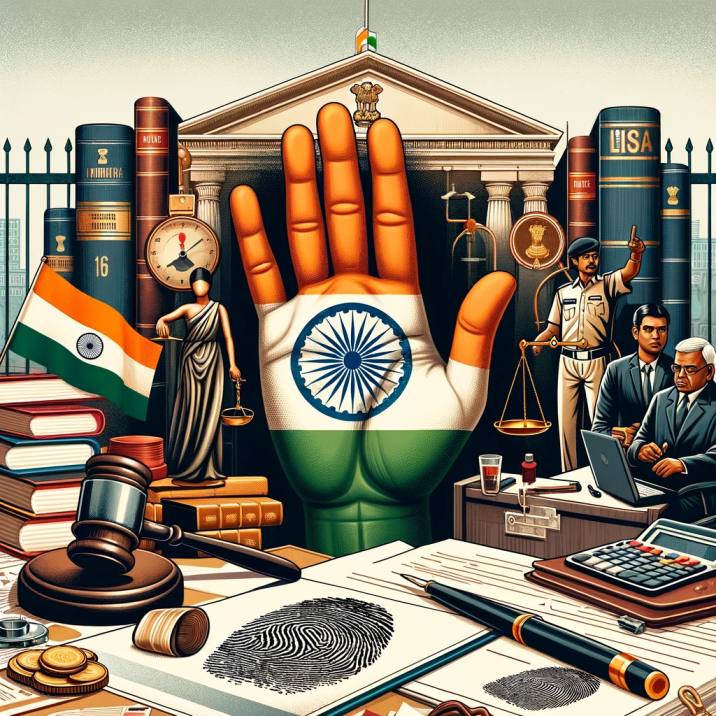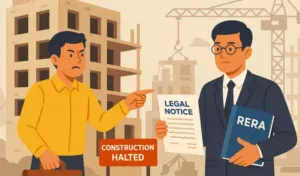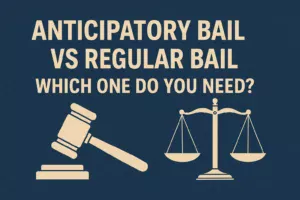In this article we have explained about Evolution Of The Indian Legal System Post-Independence.The Indian legal system has experienced significant transformation since the country gained independence in 1947. This evolution reflects India’s journey from colonial rule to a sovereign, socialist, secular, and democratic republic. The changes in the legal landscape have been pivotal in shaping the country’s social, economic, and political fabric.
Evolution of the Indian Legal System Post-Independence
Historical Overview
The Colonial Legacy
Before independence, India’s legal system was heavily influenced by British law, which was a blend of English legal principles and practices, along with pre-existing indigenous laws. Post-independence, the challenge was to develop a legal framework that resonated with the values of the newly independent nation while ensuring justice, equality, and liberty for all its citizens.
Crafting the Constitution
The cornerstone of India’s legal evolution post-independence is its Constitution, adopted on 26th January 1950. It laid down the legal framework for the country, establishing the structure, powers, and responsibilities of the government institutions and the rights of the citizens. The Constitution of India is a living document, having been amended numerous times to address emerging challenges and societal changes.
Legal Reforms and Developments
Landmark Amendments and Acts
The Abolition of Zamindari System
One of the first major legal reforms was the abolition of the Zamindari system, which eradicated feudal landholding practices and aimed to provide land rights to the tillers.
The Hindu Succession Act, 1956
This act was revolutionary as it gave women equal inheritance rights, which was a significant step towards gender equality in India.
Growth of Public Interest Litigation (PIL)
The 1980s saw the rise of Public Interest Litigation (PIL), making justice accessible to India’s poor and marginalized. It marked a significant shift in the legal landscape, where the focus expanded from individual grievances to broader public welfare.
Modernization and Globalization
Economic Reforms and Legal Sector
The economic liberalization of 1991 had a profound impact on the Indian legal system, introducing the need for laws that could support the new economic policies, encourage foreign investment, and regulate the burgeoning sectors like technology, e-commerce, and intellectual property.
Information Technology Act, 2000
The IT Act was a landmark legislation that addressed legal issues concerning digital transactions and cyber crimes, reflecting the legal system’s adaptability to technological advancements.
Challenges and Future Directions
Judicial Reforms
Despite the progress, the Indian legal system faces challenges such as judicial delays, backlog of cases, and the need for more transparency and accountability in the judiciary. Judicial reforms are imperative to enhance the efficiency and effectiveness of the legal framework.
Adapting to New Realities
The legal system continues to evolve, addressing contemporary issues such as environmental protection, data privacy, and artificial intelligence. The future of India’s legal system lies in its ability to adapt to these new challenges while upholding the principles of justice, equity, and inclusivity.
Conclusion
The evolution of the Indian legal system post-independence is a testament to the country’s resilience and commitment to democracy and justice. While significant strides have been made, the journey is ongoing, with the legal system continuously adapting to meet the aspirations of its people and the demands of a rapidly changing world.
FAQs on the Evolution of the Indian Legal System Post-Independence
1. When was the Constitution of India adopted?
The Constitution of India was adopted on 26th January 1950.
2. What major change did the Constitution introduce in the Indian legal system?
The Constitution laid the foundation for a democratic republic, establishing the structure of government institutions, the rights of citizens, and the legal framework for the country.
3. What was the Zamindari system and what happened to it post-independence?
The Zamindari system was a feudal landholding system. It was abolished post-independence to eradicate feudal landholding practices and provide land rights directly to the tillers.
4. How did the Hindu Succession Act, 1956, impact women’s rights in India?
The Hindu Succession Act, 1956, granted women equal inheritance rights, marking a significant step towards gender equality.
5. What is Public Interest Litigation (PIL)?
PIL is a legal mechanism that allows individuals or groups to file lawsuits in the interest of the public’s welfare, especially benefiting the poor and marginalized.
6. How did economic liberalization in 1991 affect the Indian legal system?
Economic liberalization necessitated legal reforms to support new economic policies, encourage foreign investment, and regulate emerging sectors like technology and e-commerce.
7. What is the Information Technology Act, 2000?
The Information Technology Act, 2000, addresses legal issues concerning digital transactions and cyber crimes, adapting the legal system to technological advancements.
8. What are some challenges facing the Indian legal system today?
Challenges include judicial delays, backlog of cases, and the need for transparency and accountability in the judiciary.
9. How has the Indian legal system adapted to changes in technology?
The Indian legal system has adapted through laws like the Information Technology Act, 2000, which addresses cyber crimes and digital transactions.
10. What role does the Indian legal system play in protecting the environment?
Environmental laws and regulations, such as the National Green Tribunal Act, 2010, demonstrate the legal system’s role in environmental protection.
11. How are women’s rights addressed in the Indian legal system post-independence?
Laws like the Hindu Succession Act, 1956, and the Protection of Women from Domestic Violence Act, 2005, have been pivotal in promoting gender equality.
12. Can foreigners invest freely in India?
Foreign investment is encouraged in India, subject to regulations and laws enacted post-economic liberalization to ensure a balanced and secure investment environment.
13. What legal provisions exist for digital privacy in India?
The Information Technology Act, 2000, along with proposed data protection laws, address digital privacy and data protection concerns.
14. How does the Indian legal system address labor rights?
Labor laws in India, such as the Minimum Wages Act, 1948, and the Industrial Disputes Act, 1947, protect workers’ rights and promote fair labor practices.
15. What is the role of the judiciary in the Indian legal system?
The judiciary interprets and applies the law, ensures justice, and upholds the Constitution, acting as a check on the other branches of government.
16. How does the Indian legal system ensure the rights of minorities?
The Constitution and various laws protect the rights of religious, linguistic, and caste minorities, promoting equality and preventing discrimination.
17. What reforms have been made to criminal law in India post-independence?
Reforms include changes to the Indian Penal Code and the introduction of laws addressing contemporary issues such as cyber crime and terrorism.
18. How does the Indian legal system address corruption?
Laws like the Prevention of Corruption Act, 1988, and mechanisms like the Central Vigilance Commission aim to combat corruption within the government and public sector.
19. What role do non-governmental organizations (NGOs) play in the Indian legal system?
NGOs often engage in legal advocacy, public interest litigation, and awareness campaigns, contributing to legal reforms and social justice.
20. How has the Indian legal system evolved to protect consumer rights?
The Consumer Protection Act, 1986, and its subsequent amendments have strengthened consumer rights and established mechanisms for redressal of consumer grievances.
21. What impact did the Right to Information Act, 2005, have on transparency?
The Right to Information Act, 2005, has significantly increased transparency within public institutions, allowing citizens to request information from the government.
22. How does the Indian legal system address the issue of domestic violence?
The Protection of Women from Domestic Violence Act, 2005, provides legal recourse and protection for victims of domestic violence.
23. What is the significance of the Right to Education Act, 2009?
The Right to Education Act, 2009, mandates free and compulsory education for children aged 6 to 14, emphasizing the importance of education as a fundamental right.
24. How are property rights protected in the Indian legal system?
Property rights are protected under the Constitution and various laws, ensuring legal protection for ownership and transfer of property.
25. What measures has the Indian legal system taken to address caste discrimination?
Laws like the Scheduled Castes and Scheduled Tribes (Prevention of Atrocities) Act, 1989, aim to prevent discrimination and violence against marginalized communities.
26. How does the Indian legal system deal with issues of child labor?
The Child Labour (Prohibition and Regulation) Act, 1986, prohibits the employment of children in certain occupations and regulates the working conditions of children in others.
27. What legal mechanisms are in place for dispute resolution in India?
India has a comprehensive legal framework for dispute resolution, including courts, arbitration, and mediation mechanisms.
28. How does the Indian Constitution ensure the separation of powers?
The Constitution establishes a separation of powers among the legislative, executive, and judicial branches of government, each with distinct roles and responsibilities.
29. What role does the Supreme Court play in the Indian legal system?
The Supreme Court is the highest judicial authority, responsible for interpreting the Constitution, reviewing laws, and addressing grievances that affect the public interest at a national level.
30. How has the Indian legal system addressed the rights of the LGBTQ+ community?
The legal system has made strides, notably with the decriminalization of homosexuality in 2018, recognizing the rights of LGBTQ+ individuals and promoting equality.















